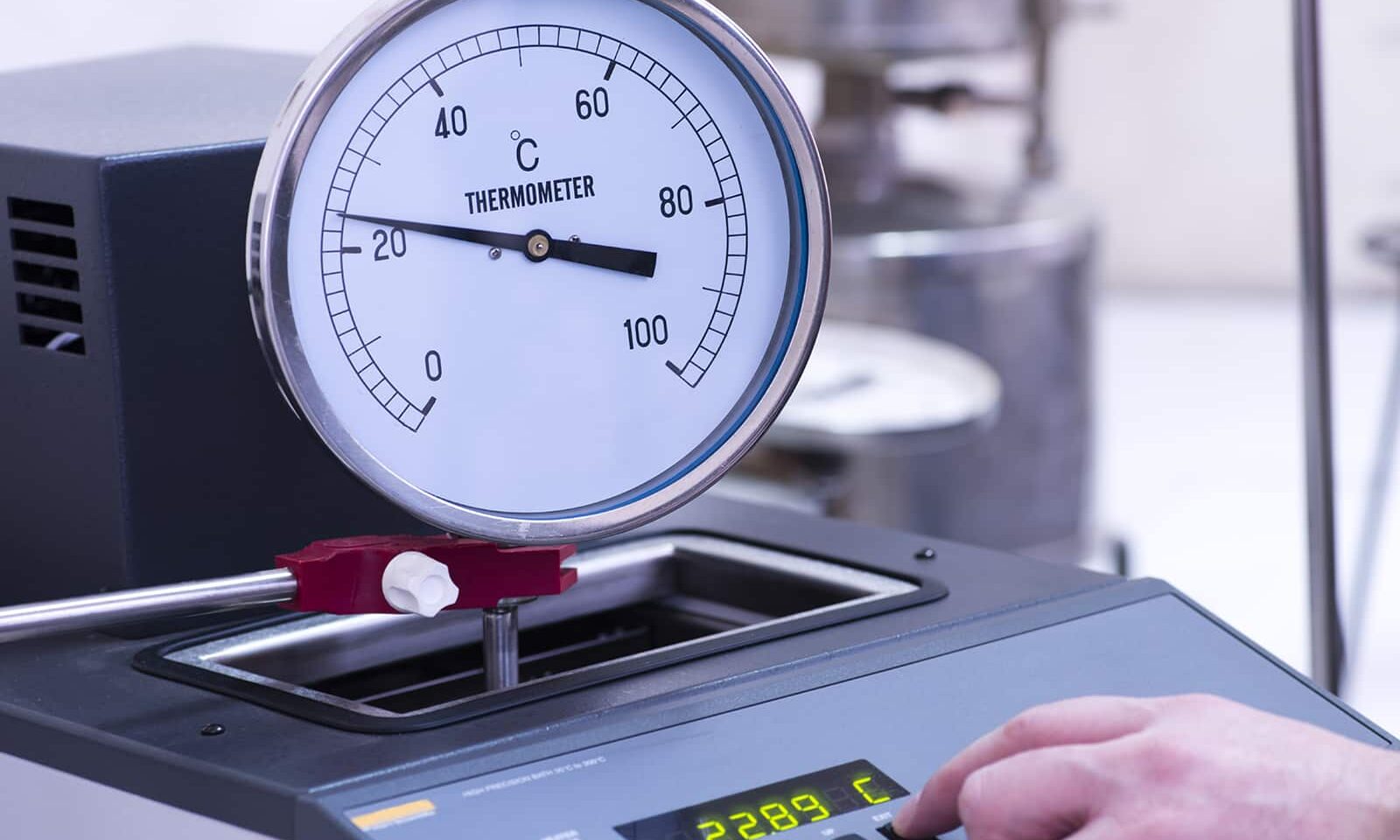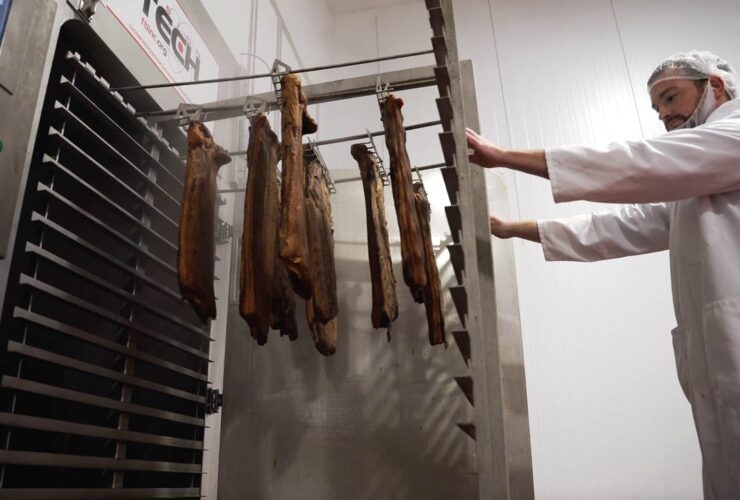Good record keeping is an essential part of any smokehouse or dehydrator thermometer calibration.
The ability to review temperature differences, comments from previous calibrations, who performed the calibration, and if the thermometer needs to be replaced is essential to any HACCP program — and will save you the headache of trying to track down the data later.
If you’re cooking products in a smokehouse, dehydrator, or steam cabinet, getting your team in the habit of calibrating thermometers on a regular basis and recording the results is a must!
When to Calibrate
We recommend calibrating the temperature probes in an industrial oven every day.
It may seem a bit obsessive, but there’s a good reason.
When a temperature probe is found to be out of calibration, all the product you cooked using that probe has to be thrown out or recalled — all the way back to when you can prove the probe was calibrated.
If you calibrated a week ago, a week’s worth of product must be discarded or recalled. If you calibrated a day ago, only 1 day’s worth of product must be discarded or recalled.
Calibrating the temperature and product probes in your oven on a daily basis just makes sense!
Creating a Log
The first step in recording thermometer calibration data is to create a calibration log system. There are a few options to do this:
Pen and Paper
The cheapest and easiest solution is to use a log template and handwrite the data onto the sheet. Workers simply need to fill out the form when they calibrate a thermometer.
We recommend keeping the sheets in some kind of binder or file that the workers who calibrate the thermometers have easy access to.
There are a few downsides to this method:
- Handwriting might be hard to read
- The log can get wet or damaged or lost, and there are no backups
- Space needs to be reserved for storing past logs
Excel (or similar) Spreadsheet
The next option is to use an Excel (or similar) spreadsheet to record the calibration data.
A spreadsheet allows you to keep the data on a computer — and back it up! — so your data has less of a chance of getting lost or damaged.
There are a few downsides to using a spreadsheet:
- Workers need access to a computer or mobile device
- Data could get lost/forgotten between calibrating the probe and entering the data
- Computers do crash, so if the data isn’t backed up, it can be lost
Asset Management System
Another option is to record the thermometer calibration data in your asset management system.
Depending on the system you use, you can set reminders, instantly collect data, and allow anyone access to the data who needs to see it.
With so many asset management systems on the market, it’s impossible to rank them. Just check to see if your software allows you to record a maintenance log and use it for your thermometer calibration log.
Oven Control Panel
Depending on the control panel and operating system of your oven, you may be able to perform the calibration and see the data in the controller’s data logs.
Refer to the operator’s manual to see if this feature is available and how easy it is to access the logs.
Data to Record
When performing a thermometer calibration, the following data should be recorded:
- Date of Calibration: Month, day, and year should be recorded. This will allow you to easily find the calibration entry years from now.
- Time of Calibration: Record the exact time of the calibration. You’ll need this information if you encounter an issue with your HACCP program.
- Thermometer Identification: Simplify record-keeping by marking each thermometer with a permanent identification number or code. This will ensure the correct data is assigned to the correct thermometer.
- Use: Indicate whether the probe is used for Hot or Cold temperature readings.
- Reference Temperature: This is the temperature of the calibration device or water/system you’re using to calibrate the probe.
- Difference from Reference: The difference between the reference temperature and what your probe reads. It’s best to use 0 for no difference, and + or – for temperatures that are above or below the reference (i.e. +1° or -2°).
- Initials / Employee Identification: Initials or employee number of the worker who performed the calibration.
- Comments: This will allow the person calibrating the probe to leave notes, such as if the probe was dropped on the floor, adjusted, replaced, etc.
- Verified By / Date: Initials of the person who verified the calibration as well as the date of the verification, if you perform a verification step.
You can choose to include more data if needed and have a separate log for each thermometer, but the above data is the minimum of what would be needed to determine the accuracy of temperature probes for HACCP concerns.
Download the Log Template
In order to help, we put together a template you can use for calibrating the thermometers and probes in your oven — completely free!
You can download a PDF or Excel Spreadsheet version to help you get started.





